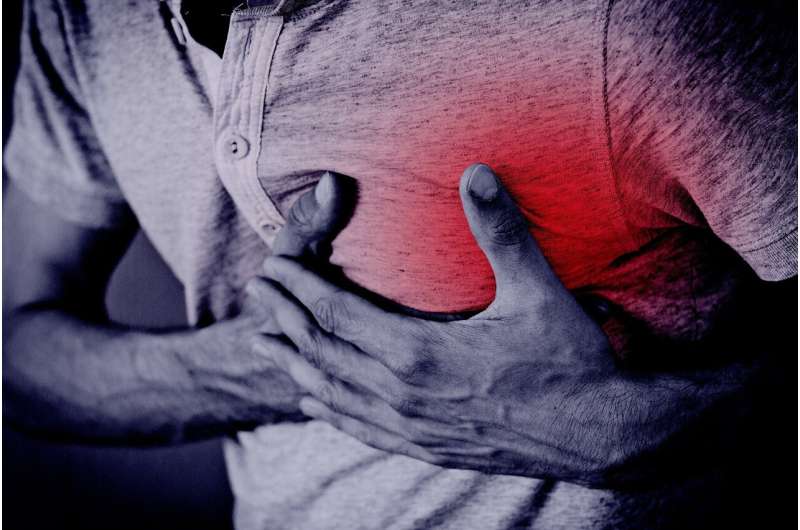Innovative Stem Cell Research Offers Hope for Complex Fracture Healing

New research reveals that muscle-derived stem cells can transform into bone cells, potentially revolutionizing treatment for complex fractures and soft tissue injuries.
A groundbreaking study has identified a promising new approach to repairing severe bone fractures, especially those involving significant tissue loss often seen in accidents and battlefield injuries. Researchers from the Perelman School of Medicine at the University of Pennsylvania, in collaboration with scientists worldwide, have discovered that stem cells originating from skeletal muscles, known as Prg4+ fibro-adipogenic progenitors (FAPs), play a critical role in bone regeneration.
In cases of extensive injuries, traditional treatments often fall short, particularly with open fractures where bones break through the skin accompanied by soft tissue damage. This new research emphasizes the importance of muscle-resident stem cells in the healing process. When a bone suffers a complex fracture, Prg4+ cells swiftly migrate to the injury site and differentiate into various cell types necessary for bone repair, including chondrocytes, osteoblasts, and osteocytes. In mouse models, these cells have demonstrated the remarkable ability to transform directly from muscle tissue into bone cells.
The study revealed that these stem cells not only respond rapidly to injuries but also potentially help in forming a reserve of stem cells that can be activated for future repairs. Disabling these Prg4+ cells resulted in slower healing, underscoring their vital role. According to senior researcher Ling Qin, Ph.D., "Approaches that stimulate these muscle-derived stem cells could enhance natural healing and accelerate recovery, especially in challenging cases."
This discovery challenges the traditional view that bone repair mainly relies on periosteum stem cells and opens new avenues for treatment. Potential therapies might involve stimulating Prg4+ cells with growth factors or small molecules, or directly transplanting activated cells to the injury site. Such strategies could be particularly transformative for complex injuries and in populations with diminished muscle mass, such as older adults.
The implications of this research are far-reaching, suggesting that muscle tissue could be harnessed to improve fracture healing and even address some of the limitations of current treatments. Future investigations aim to explore the broader repair capacity of fibro-adipogenic progenitors and develop targeted therapies to facilitate faster, more effective bone regeneration.
Stay Updated with Mia's Feed
Get the latest health & wellness insights delivered straight to your inbox.
Related Articles
Expert-Fitted Hearing Aids Show Greater Effectiveness Than Over-the-Counter Options
A recent study reveals that hearing aids fitted by audiologists provide better outcomes than over-the-counter devices, emphasizing the importance of professional fitting for optimal hearing health.
Enhancing Gait Analysis with Synthetic Data: AI Models Trained on Simulated Movements Match Real-World Performance
Scientists have developed AI models for gait analysis trained exclusively on synthetic data generated through physics-based simulations. These models match or surpass traditional approaches, offering scalable solutions for diagnosing neurological and musculoskeletal disorders across diverse populations.
New Hampshire Man Receives Experimental Pig Kidney as Transplant Trials Begin
A breakthrough in xenotransplantation as a New Hampshire man receives a genetically modified pig kidney, marking progress in addressing organ shortages through innovative research.



